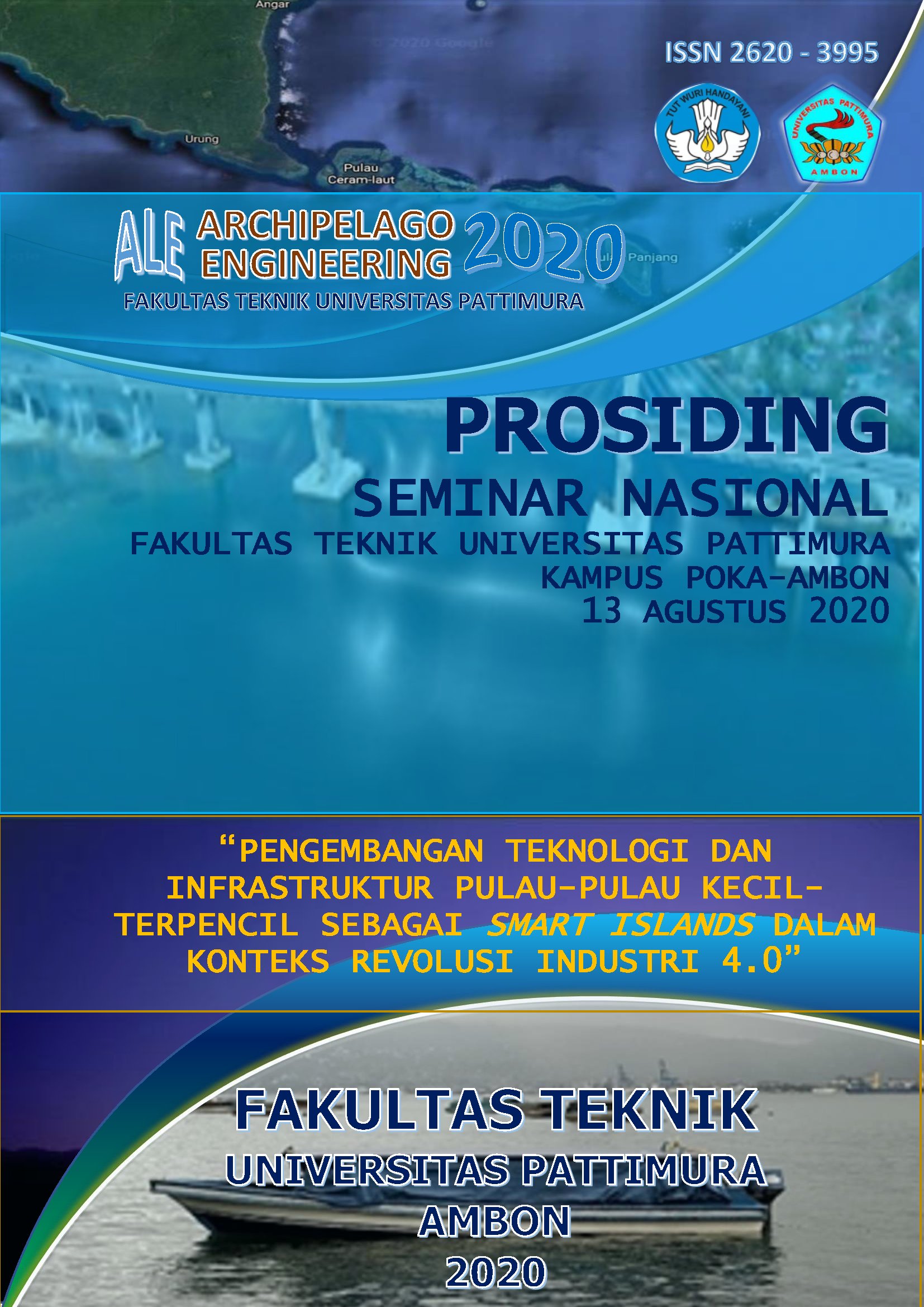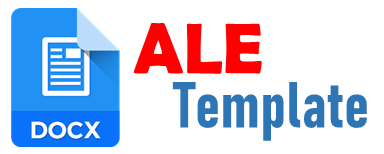PEMANFAATAN KARAKTERISTIK GETARAN DALAM MENENTUKAN KONSTRUKSI SAMBUNGAN KAPAL KAYU YANG TEPAT DAN BERSESUAIAN DENGAN KARAKTER MESIN
Abstract
Sumber eksitasi utama pada kapal kayu tradisional bermesin adalah getaran mesin induk. Struktur dirancang untuk dapat menahan beban dari gaya-gaya yang bekerja padanya. Tipe mesin yang digunakan di Maluku kebanyakan adalah tipe mesin dari China dikarenakan harganya yang lebih terjangkau. Agar getaran mesin induk dapat terdistribusi merata, maka karakteristik konstruksi di daerah sambungan harus diketahui agar transmisi bisa direkayasa dan resonansi pada titik tertentu dapat dihindari. Penelitian ini bertujuan untuk menganalisa getaran pada daerah konstruksi kapal kayu dengan sumber eksitasi yang berbeda. Sumber eksitasi berasal dari dua mesin yang berbeda yang dipasang pada kapal dengan ukuran yang sama. Penggunaan dua mesin berbeda bertujuan agar analisis mampu merekomendasikan sambungan yang sesuai dengan performa masing-masing mesin melalui besarnya amplitude yang terjadi di titik-titik sambungan. Hasil penelitian menunjukkan bahwa mesin Dong Feng memiliki nilai amplitude terkecil masih di 0,078 mm pada arah serat Tangensial, masih di atas batas amplitude yang diijinkan yaitu 0,039 mm untuk arah getaran horisontal. Amplitude yang dihasilkan akibat penggunaan mesin Dong Feng akan lebih kecil jika menggunakan sambungan model III, takik lurus berkait, dengan arah serat radial, sedangkan mesin Yanmar akan lebih baik jika menggunakan sambungan model II, dengan arah serat tangensial.
Downloads
References
[2] A. Yucel and A. Arpaci, “Free and forced vibration analyses of ship structures using the finite element method,†J. Mar. Sci. Technol., vol. 18, no. 3, pp. 324–338, Sep. 2013, doi: 10.1007/s00773-012-0210-1.
[3] M. H. M. A. Tan, N. L. T. Lile, F. Mat, and S. Yaacob, “Characterization of Materials by Vibration Technique,†IIUM Eng. J., vol. 12, no. 3, Dec. 2011, Accessed: Sep. 26, 2018. [Online]. Available: http://journals.iium.edu.my/ejournal/index.php/iiumej/article/view/143.
[4] O. Soegihardjo and Suhardjono, “Simulasi untuk Memprediksi Pengaruh Stiffener pada Peningkatan Kekakuan Benda Kerja,†J. Tek. Mesin, vol. 14, no. 1, pp. 40–46, Sep. 2013, doi: 10.9744/jtm.14.1.40-46.
[5] R. J. M. Craik and L. Galbrun, “Vibration transmission through a frame typical of timber-framed buildings,†J. Sound Vib., vol. 281, no. 3, pp. 763–782, Mar. 2005, doi: 10.1016/j.jsv.2004.02.015.
[6] D. R. Lekatompessy, “Tinjauan Pengaruh Getaran Mesin Terpasang Terhadap Kekuatan Konstruksi Pondasi Kapal Tradisional,†J. Teknol., vol. 2, no. 1, pp. 27–35, 2005.
[7] D. R. Lekatompessy, O. O. Sulaiman, F. Manuhutu, E. J. De Lima, and M. Manuputty, “Rubber as an Effective Vibration Absorber of Outboard Engine at Small Traditional Fishing Boats from the Human Health and Safety Point of View,†J. Eng. Comput. Appl. Sci., vol. 2, no. 2, pp. 7–12, Feb. 2013.
[8] D. R. Lekatompessy, I. M. Ariana, A. Zubaydi, and E. Erwandi, “The Vibration Characteristics of Gofasa Wood (vitex cofassus),†Int. Rev. Mech. Eng. IREME, vol. 11, no. 9, pp. 644–650, Sep. 2017, doi: 10.15866/ireme.v11i9.11636.
[9] D. R. Lekatompessy, I. M. Ariana, A. Zubaydi, and E. Erwandi, “The Effect of the Fiber of Wood and Connection Tools on the Vibration Characteristics of Gofasa Wood (Vitex cofassus),†Res. J. Appl. Sci. Eng. Technol., vol. 14, no. 7, pp. 242–250, Jul. 2017, doi: DOI:10.19026/rjaset.14.4786.
An author who publishes in the ALE Proceeding agrees to the following terms:
- Author retains the copyright and grants ALE Proceeding the right of first publication of the work simultaneously licensed under the Creative Commons Attribution-ShareAlike 4.0 License that allows others to share the work with an acknowledgment of the work's authorship and initial publication in this journal.
- Author is able to enter into separate, additional contractual arrangements for the non-exclusive distribution of the journal's published version of the work (e.g., post it to an institutional repository or publish it in a book) with the acknowledgment of its initial publication in this journal.
- Author is permitted and encouraged to post his/her work online (e.g., in institutional repositories or on their website) prior to and during the submission process, as it can lead to productive exchanges, as well as earlier and greater citation of the published work (See The Effect of Open Access).
Read more about the Creative Commons Attribution-ShareAlike 4.0 Licence here: https://creativecommons.org/licenses/by-sa/4.0/.






